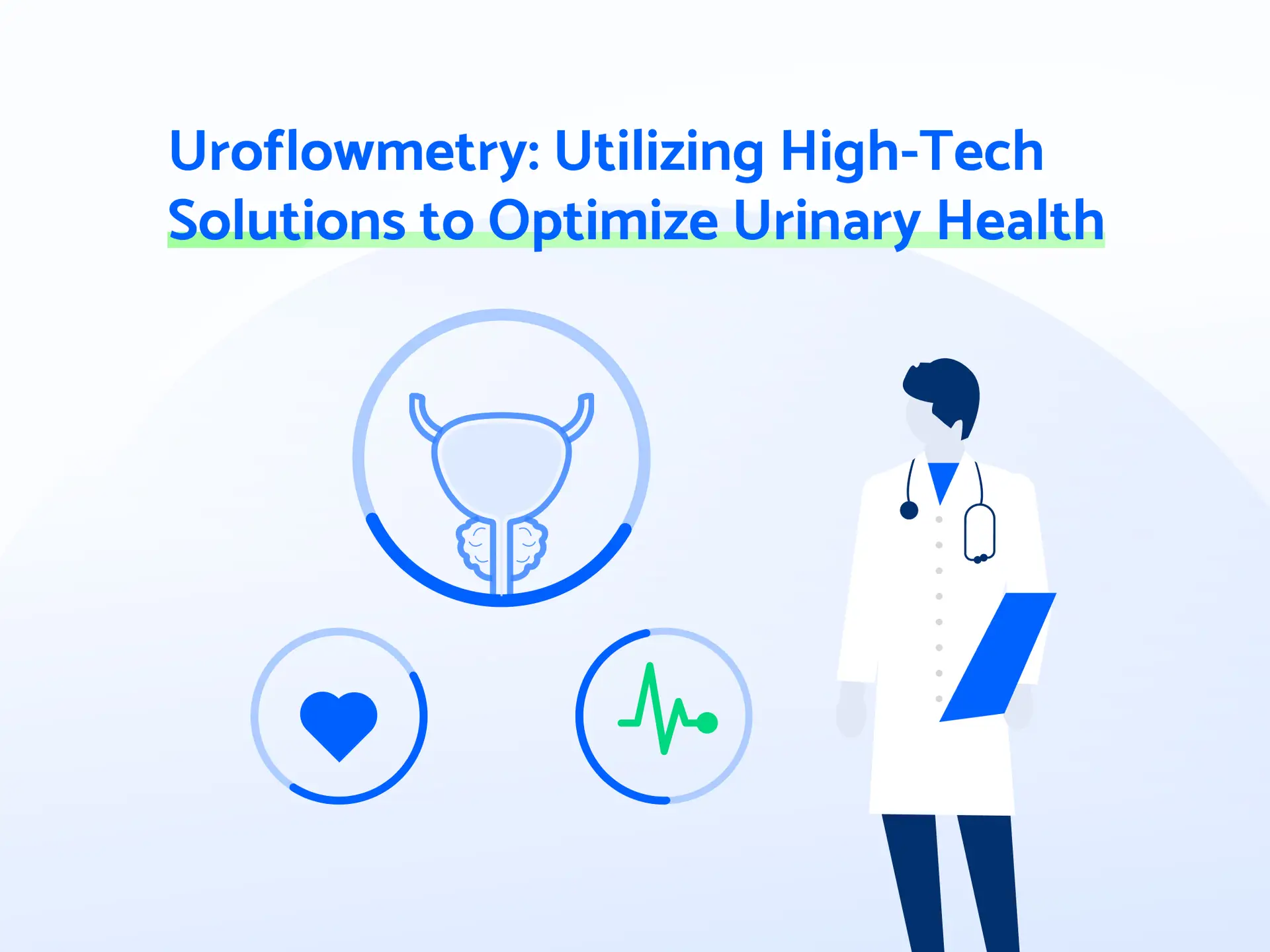In today’s world, people are so used to expecting things to get done quicker. They want their coffees to be served faster; they want to transfer their money faster… They value their time but do not want to give up on the quality of the processes. When things are like that, since health is the most valuable thing in a human’s life, it is expected that patients want their medical tests to be performed faster and more accurately too. And this is the point where the point of care (POC) testing steps in.
This article will explain point-of-care (POC) testing, its advantages and give examples of POC tests.
What is POC Testing?
Conventional medical testing procedures have a lot of steps, such as the arrival of patients, triage, collecting samples, processing samples, performing tests, compiling test results, analyzing test results, and admitting/discharging patients. It wastes much time, which is crucial for better care. Therefore, the need for rapid and reliable tests and the production of new, portable medical devices made it possible for point-of-care tests to become popular.
Point of care testing (POCT) is defined as “A quality-assured pathology service using analytical devices (including test kits and analyzers such as blood gas and critical care analyzers and meters for glucose, urinalysis and other metabolites) provided near to the patient rather than in the traditional environment of a clinical laboratory.”. The tests are performed near the patient -where care or treatment is provided- and rapidly produce results. The main objective is to take quick action regarding the test results.
POC tests can be performed in many locations, such as:
* Hospitals
* Urgent care clinics
* Sports clinic
* Home use, self-testing
* Pharmacy
Advantages of the POCT
POCT eliminates many steps in medical testing procedures, such as sending the sample to the laboratory and waiting for the examination of the sample. As a result, it reduces the time between the clinical test and the arrival of the test results. Also, it reduces the hospital stay time since the testing process is done quickly, and patients do not need to wait in the hospital. In addition to these, point-of-care devices are simple to use, and some of them are portable. So, they can be easily used by patients at home as well.
Examples of Point-of-Care Tests (POCT)
Point-of-care tests span a large area. Some examples of them are home pregnancy tests, blood glucose monitoring, blood gas and electrolytes analysis, rapid coagulation testing, rapid cardiac markers diagnostics, drugs of abuse screening, urine strips testing, pregnancy testing, fecal occult blood analysis, food pathogens screening, hemoglobin diagnostics, infectious disease testing (such as COVID-19 rapid tests) and cholesterol screening.
Oruba Technology & Innovation
The uroflowmeters that Oruba produces are an excellent example of POCT. Without the need for an operator, the patient can start the test easily by scanning the barcode. When patients stop urinating and complete the uroflowmetry test, the uroflowmeter will automatically clean itself, and the test results will be ready for doctors/patients to monitor and diagnose. Like other point-of-care tests, Oruba’s uroflowmeters provide rapid and accurate results and do not require a hospital stay. It eliminates many steps in uroflowmetry tests and saves time.
If you want to learn more about these innovative uroflowmeters, you can contact us via e-mail or Linkedin.





